7 Things to Consider When Starting a Membership Program

February 4, 2022
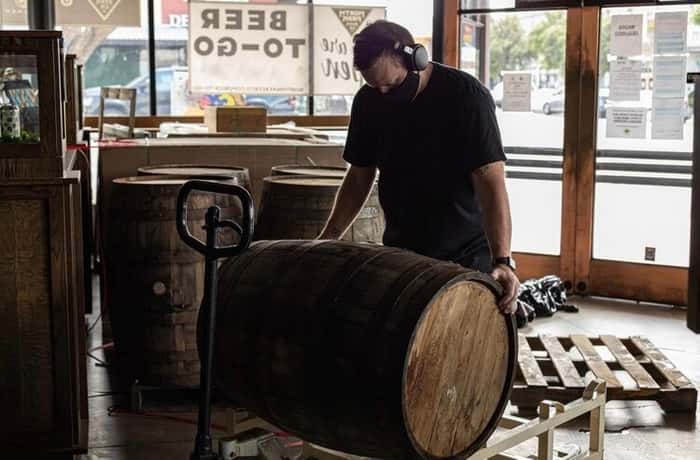
Looking for an edge with your brewery in 2022? Starting a membership, mug club, or bottle society for your brewery can bring a huge advantage to your business over the competition. Breweries looking to foster their own communities and provide additional perks to their consumers should consider starting one of these membership programs.
Typically, fans can purchase access to a membership, mug club, or bottle society for a yearly fee, unlocking special bottle releases, perks, discounts, merch, exclusive tastings and events, and more. A membership program not only allows brewers to give a little something back to their most devoted fans, but also helps create a loyal culture.
Are you seriously considering creating a membership, mug club, or bottle society for your brewery? Eric Thelen, co-founder of Oznr, a brand in the Next Glass family that connects craft beverage enthusiasts with the brands they love by helping breweries create membership programs, mug clubs, and bottle societies, has seven pieces of advice for you.
Overall, Thelen says the best thing you can do is: keep it simple! “We’ve spoken with countless people who have created a membership with the best intentions, only to realize… oh man, this is a pain to manage,” says Thelen.
But have no fear! Luckily, Thelen laid out the seven major factors you need to consider before creating a successful membership for your business. (This is an expanded version of a blog we’ve reposted with permission from Oznr).
What We’ll Cover in This Piece:
Membership Types

The first step to executing a great membership program is deciding what type of club you’d like to organize.
Questions to ask yourself:
- How many memberships do you hope to sell?
- What are the strengths of your business?
- Do you have the production infrastructure/capacity to make exclusive one-offs for your membership?
- What experiences can you offer that no one else can?
Recommendation:
Build your membership on exclusivity. Here is the simple formula: unique styles in premium packaging + made in small quantities + crafted exclusively for bottle society members = successful programs. The most successful bottle societies provide a membership based on exclusivity.
But exclusivity can mean many things…
Do you have one killer release every year that sells out immediately? Listermann Brewing’s League of Extraordinary Chickow! is a membership centered around one of its most highly acclaimed beers and provides guaranteed access to all its variants.
Or is your strength producing a high frequency of unique and exciting styles? If so, you can create a can or crowler club that allows members to pick up one to two crowlers or 4-packs each month.
The point being: You should select a membership type that fits your business and customers best.
To help get you started, here are some common membership types along with the core value props you should consider with each:
- Bottle Society: Society where members receive exclusive member-only bottles that are not available to the general public.
- Member-Only Pre-Sales: Membership where members pay to have exclusive access to pre-order can/bottle releases online.
- Release-Specific: Membership where members have guaranteed access to a marquee release (e.g. Three Floyds’ Dark Lord or Highland’s Cold Mountain releases).
- Monthly Allotments: Membership where members receive a monthly allotment of crowlers/cans/bottles for pick up in the taproom.
Thelen says he also recommends creating additional value for any membership club by incorporating a few of the following perks:
- Early access to pre-order can/bottle releases
- Exclusive access to purchase excess member-only bottles
- Behind-the-scenes experiences
- Proxies for pick up
- Member-only bottle shares and events
- Member-only random draws (lotteries)
- Member-only swag
- Member-only taps
- Member-only lounge areas
- Free or VIP access to events
- Discounts in the taproom and on merchandise
The world is your oyster, so get creative (but not too creative… see point #2)!
Membership Tiers
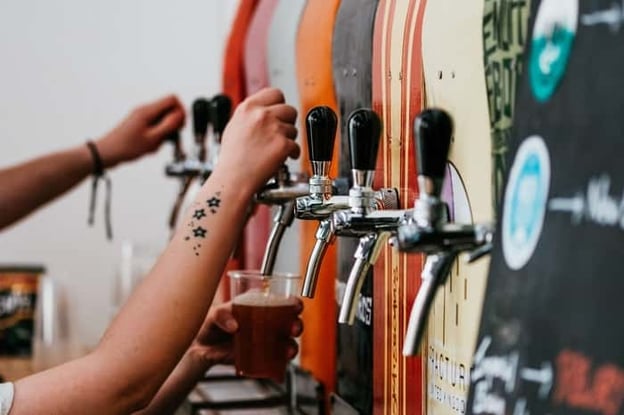
Now that you have the foundation of your membership program, you may be tempted to overcomplicate things by creating a series of tiers at different price points. Thelen suggests avoiding that practice because it will only complicate the program and cause more work for you and your staff.
Questions to ask yourself:
- How many tiers of membership should I offer?
- Should I create different price points with different benefits?
Recommendation:
Keep it simple. “Don’t get overzealous about creating value for your membership,” says Thelen. “The more tiers and benefits you create, the more you and your staff have to manage.” Instead, Thelen says that the true value you should offer is access to exclusive (or extremely limited) high-quality beer/mead/spirits. Use swag, glassware, early access to can/bottle release pre-sales, and a discount in the taproom to round out the membership. Thelen suggests only offering one tier of membership, especially in your first year.
Membership Term

Deciding the right length of a membership is very important. It will help you organize the program on the back end and set expectations for your members right from the start.
Questions to ask yourself:
- How long should my membership last?
- Should I have a rolling signup or a fixed window?
Recommendation:
Create a fixed term for your membership. If you are brewing and blending one-offs specifically for the membership, you want members to commit for a year. This will give you the time to plan your releases, order new ingredients/equipment, and brew, condition, and package. Traditionally, Thelen recommends that breweries create memberships of at least eight to twelve months. “You want your members in it for the long haul,” says Thelen. “Especially considering the time and effort it takes to plan, sell, and execute a membership.”
Rolling signups, even after the membership has begun, are fine, but keep the membership term fixed. And start and stop the membership on the same dates for every member. Things can get very complicated very quickly if you are responsible for managing different start/stop dates for each of your members.
Production Risk

It’s important to understand that directing and running a membership club or bottle society will be a significant time commitment for both you and your team. Any membership program requires coordination from your entire team or possibly even team members exclusively dedicated to its success.
Questions to ask yourself:
- Can our production team commit to the product needed for the membership?
- Are we launching our barrel-aging program through this membership?
- What happens if one of our beers/meads/spirits goes bad?
Recommendation:
Mitigate risk ahead of time. “One of the most common reasons that memberships (particularly bottle societies) stall before they get started is lack of buy-in from the production team,” says Thelen. Launching a bottle society places a lot of pressure on the production team, especially if the bottle society is being launched to fund the ingredients and equipment needed to start a barrel-aging program.
Thelen says, “The best way to alleviate these concerns is to mitigate risk up front.” Here are three tactics that they have seen their partners implement:
- Fewer Releases, Higher Quantities: Start with fewer one-off releases for members. Instead, give them two to three bottles/cans of each. Thelen suggests a quarterly member-only release with two bottles/cans per member (eight bottles/cans total).
- Undefined Membership Term: While for the most part Oznr recommends fixed terms for your membership, there is one caveat. Some of their partners end their memberships “30-60 days after the final release.” With this strategy, your production team isn’t confined to a fixed term and has flexibility should one of the releases need more time or not meet QA standards.
- Monthly Allotments: Avoid member-exclusive releases altogether. Instead, create a membership where each month members receive a hand-selected allotment of beers/meads/spirits or simply select their own allotment from the taproom.
Inventory Management
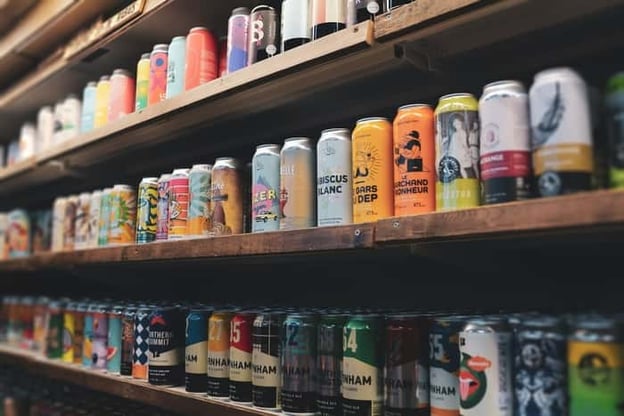
Finding an easy way to manage all of your inventory is crucial to a successful membership club.
Questions to ask yourself:
- How are you going to keep track of your inventory?
- How will you know who has and has not picked up their bottles/cans?
Recommendation:
You need one universal source of truth. Many breweries sell memberships on a web-store/ticketing platform and then use printed-out Excel spreadsheets to mark off members manually as they pick up their bottles/cans. This can be highly inefficient. Spreadsheets get lost or destroyed, are a pain for your staff to manage, and require someone to update info on the computer later.
Using a technology like Oznr, where redemption of the bottles/cans is done via the members’ phones and information is synced in real time, easily tracks your inventory and who has picked up their bottles. With Oznr you always have one universal source of truth to measure the health and progress of your membership.
Pick Up
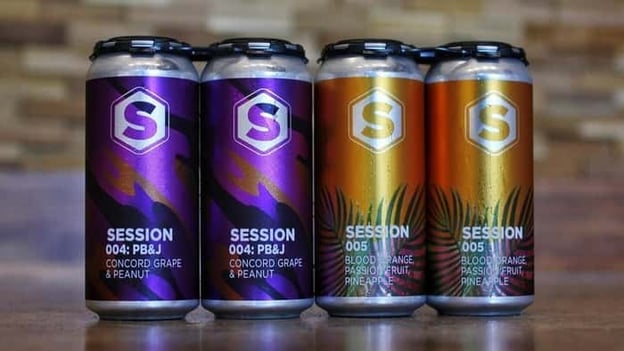
Along with inventory you’ll want to develop a solid plan for your members to pick up their bottles/cans.
Questions to ask yourself:
- How many bottle/can releases are you offering over the term of the membership?
- Do you have the additional space to store that inventory if the members decided not to pick up after each release?
Recommendation:
Provide designated pickup windows for each release. “We can’t tell you how many times we run into a scenario where a brewery is running a bottle society or membership where the members have until the end of the membership to pick up all their bottles/cans,” says Thelen. “This can cause major issues.”
The two main problems include:
- You are responsible for storing all of that inventory in your taproom, where space is usually limited.
- Inevitably there will be a flood of members trying to pick up at the last minute, and if you don’t have a good process for inventory management (see point #5), you’re going to have no earthly idea which members have or have not picked up their allotment.
Thelen recommends that you set a pickup window of thirty to sixty days for each release. For growler/crowler fills or free 4-packs, they should be redeemed on a monthly basis.
Plus, the added benefit of this approach? You’ll get more taproom visits from your members!
Communication
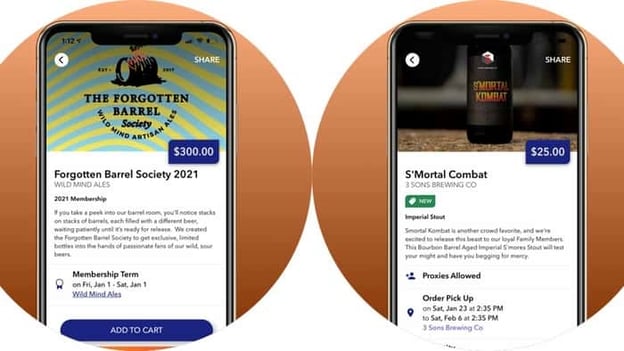
The last piece of the membership club puzzle is deciding how you communicate with your members.
Question to ask yourself:
- How are you going to effectively communicate with your members?
Recommendation:
Give your members the ability to manage their membership themselves. “The most common member complaint we hear from our partners is communication,” says Thelen. “Members want to know about upcoming releases, when they will be available, what they’ve picked up, what they haven’t picked up, and the list goes on.”
Effective use of email, social media, text messages, and your staff are all part of the equation for effective communication. But to truly nail communicating with your members, give them access to manage their membership right from their phone. Oznr creates this exact experience through its platform, making it easy to create, sell, manage, and communicate a membership program. Any time your members want to read about an upcoming release, manage their pickups, RSVP to an event, or see what’s next, they can do it from their phone.
Easier for them, easier for you.
